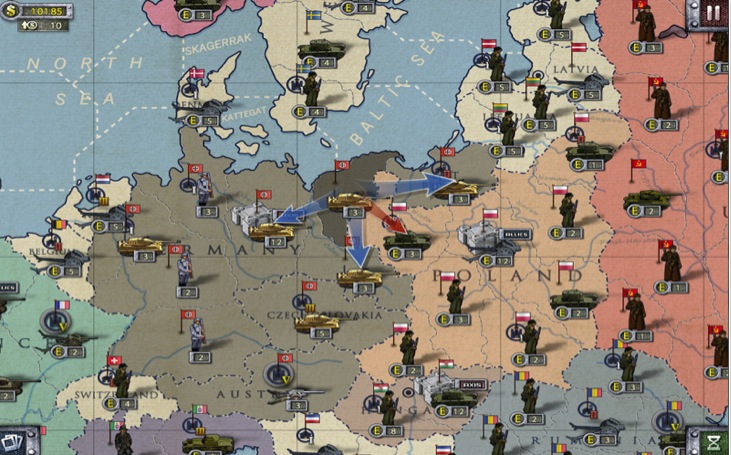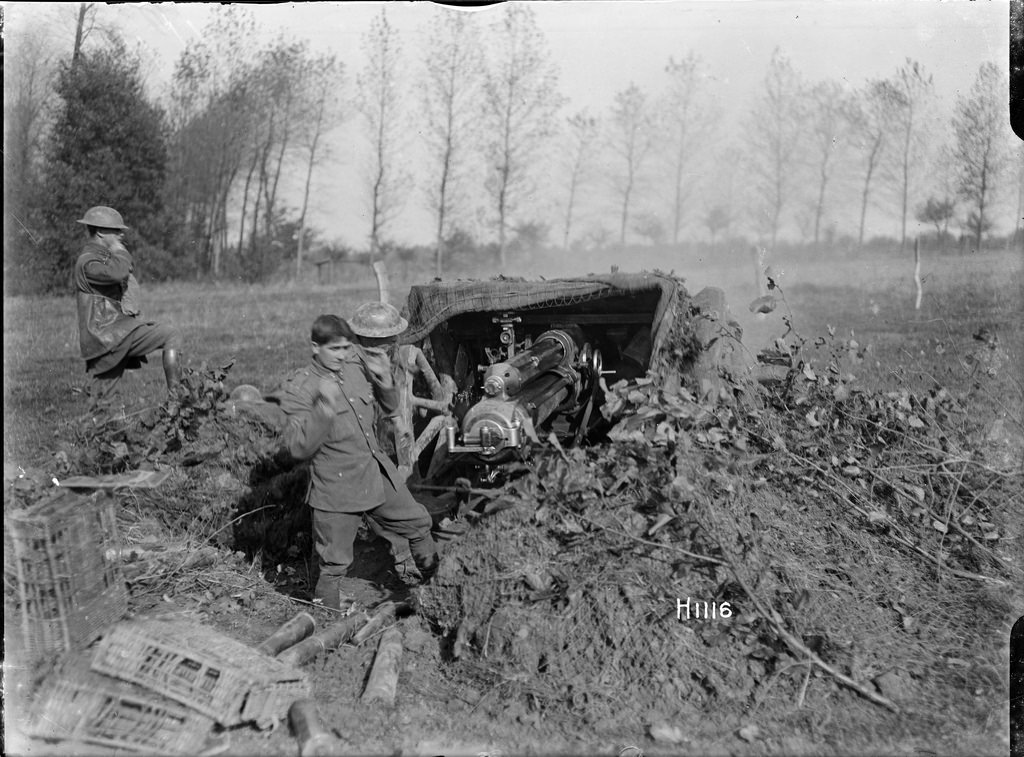



The standard BE2c of 1914-16, a typical stable British airplane, was no design failure, but this kind of plane proved to be helpless against the Fokker monoplanes, thus nicknamed “Fokker fodder”. These were introduced to facilitate control for inexperienced pilots. This happened in 1915 with the appearance of the Fokker single seater EIII with synchronized machine gun, which wrought havoc among Allied planes, especially of the ultra-stable designs favoured by British manufacturers. If one side failed to do so, the balance of power in the air shifted, even to the point of disaster. There was a constant pressure to evaluate, learn, transfer and adapt to new steps of the technological art of airplanes. Paradoxically, air fighting fostered a permanent and intense information exchange between the warring air forces, leading to a further technological homogenization and convergence of aviation of the European powers and their generations of airplanes which had begun before 1914 and continued during the war. Thus, new design and production methods as well as technical innovations became transnational knowledge. The exhibition of enemy aircraft in “Kriegsausstellungen” invited the public to look at enemy airplane construction and aesthetics. These assembled knowledge bases were disseminated in several ways: designers and engineers were familiarized with the construction, pilots with the strength and weaknesses of their adversaries´ planes articles in technical journals – for instance the periodical “Flight” in Britain – were published and widely read. Enemy aircraft captured more or less intact were taken into the air not only to check out their tactical advantages or weak points in order to help their own pilots to develop skills to defeat them, but also to find out about handling characteristics in relation to design and airframe engineering. British and French authorities and airplane companies were primarily interested in German fuselage and wing construction, especially airframes, whereas the Germans were curious to know more about Entente engine construction in a phase of stagnating German engine development. Downed hostile aircraft were closely examined, sometimes reverse engineered, and test-flown. On the field of plane technology, too, exchange did not cease. The symbolic field of air fighting as “tournaments”, “duels in the air” or “hunting” was well established before 1914 and was activated by the warring nations. This did not describe the historic reality, but there were links to the peaceful but already nationalistically charged pre-war competitions. The cultural pattern figured air warfare to be “the ultimate sport”. It figured as an ultimate, dangerous and lethal proving ground, promoting innovative, up-to-date technological and tactical developments. Obviously, competition became very different by air fighting.

But actually forms of exchange as well as common technological and cultural vectors continued during the war. At first sight, this informal European cultural-technological community working on “aeronautical progress” was broken up by the war. A common market for airplanes – French Bleriots XI sold well in Germany –, common “airmindedness”, a common cult of aviators, and converging technologies evolved within a few years. From the “aeronautics year” 1909 onwards, international “air meets”, transnational competitions, striving for international records, shows and sports with pilots from other countries, these events not only pushed performance, set new records and stimulated technological information by reviews and descriptions of aeroplanes, but also led to contacts between pilots, designers and engineers, thus building a European aeronautical culture. Airplane technology and culture developed very fast before and after 1914.


 0 kommentar(er)
0 kommentar(er)
